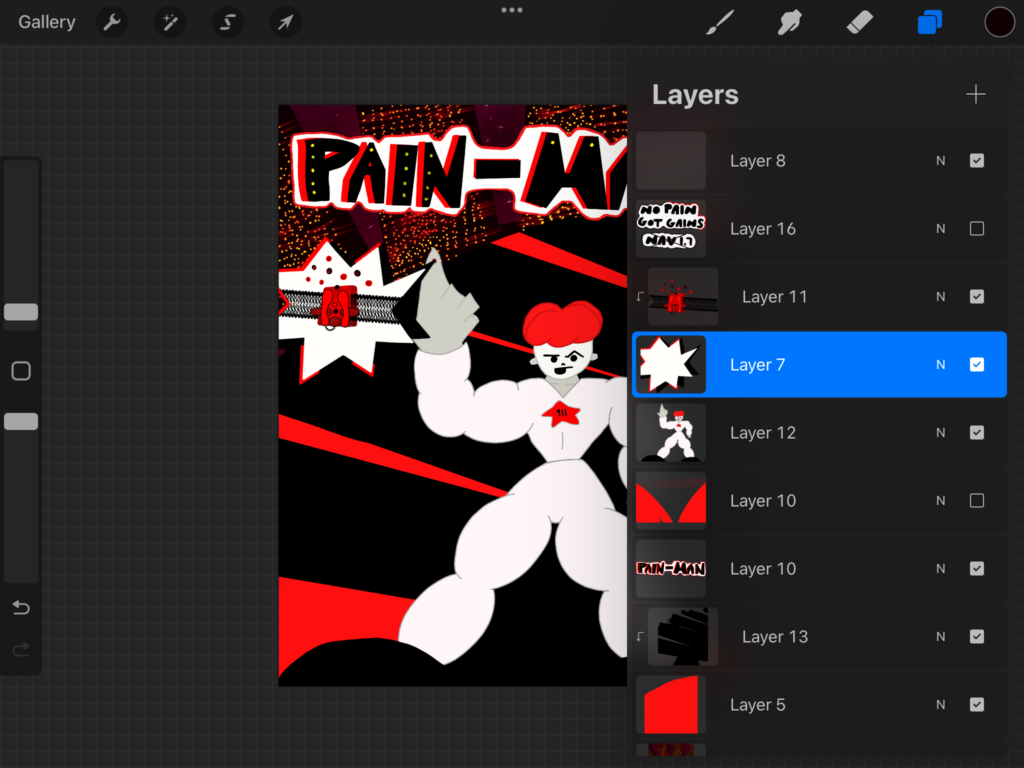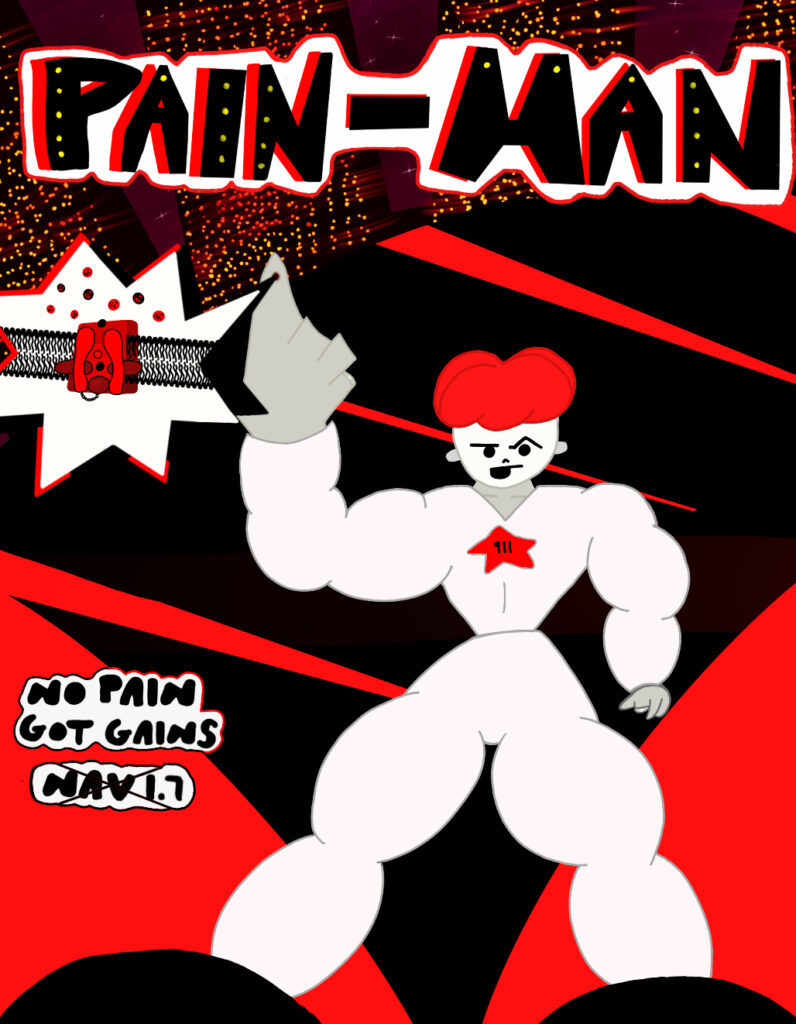

My project is based off of the rare mendelian genetic disorder that results in a Congenital Insensitivity to Pain (CIP) (National Library of Medicine [NLM], 2020). The course objective this project covers is “Explain how sensory cells translate stimulus into action potentials”. A neuron will generate an action potential when it receives input from a sensory stimulus (Rice University, 2022, p. 487). The input will open ion channels in the neuron and a graded potential based on the strength of the stimulus will result. A receptor cell detects sensations and is changed by a stimulus (Rice University, 2022, p. 540). Transmembrane protein receptors are proteins in cell membranes that cause a change in a neuron usually by opening ion channels and increasing ion flow across the membrane. A membrane potential stays at resting voltage until this change happens.Voltage-gated Na+ channels depolarize the membrane because a stimulus helps the cell depolarize from -70mV to -55mV. When that voltage is reached, the voltage-gated channels will open. This is referred to as the threshold because an action potential will not be generated if the membrane potential isn’t changed to -55mV or higher (Rice University, 2022, p. 473).
Sensing pain (nociception) and detecting actual or potential tissue damage is done by nociceptor neurons ((National Library of Medicine [NLM], 2020)). At the cell membrane of nociceptors are protein voltage-gated sodium channels; SCN9A is the gene that encodes for the sodium channel Nav1.7 (NLM, 2020). Nav1.7 allows sodium ions to flow from the outside of the cell to the inside where the voltage potential across the cell membrane determines if the channel is open or closed. Mutations in the gene that encodes the proteins (SCN9A and SCN11A) can cause congenital painlessness. The nociceptor membrane proteins notice tissue damage and generate action potentials that are sent to the central nervous system, so their inhibition is an explanation for the insensitivity. Other mutations can also cause autosomal dominant excess pain (NLM, 2020). While the complete reason that loss of Nav1.7 function results in painlessness is unclear, it has been observed that Nav1.7 function is required for the initiation of C-fiber action potentials which could explain the pain insensitivity with the removal or inhibition of the protein (Reese et al., 2023). These voltage-gated sodium channels are also drugable targets and non-opiod drugs targeting Nav1.7 have been researched (Reese et al., 2023).
My art piece is a superhero poster based on Congenital Insensitivity to Pain: a super-hero whose superpower is painlessness. The inability to sense pain doesn’t prevent self-destructing activities that pain would normally stop. In toddlers, this may result in self-mutilation of fingers where the tips of fingers are bitten off (National Library of Medicine [NLM], 2018). “Pain-man” can be seen missing a finger on both of his hands. A small injury on his left pointer finger can be seen and a picture is shown of a voltage-gated sodium channel preventing the flow of sodium which would prevent depolarization and generation of an action potential. The crossed out “Nav1.7” demonstrates the loss or inhibition of this protein. The star on his chest calls for emergency help (911) since it is likely that after any interaction he has, he should probably get checked out for damage that he can’t sense. Bone and joint injuries can manifest in individuals with CIP that have low baseline conditions. Activities that promote strength, balance, body awareness, etc. can help prevent these secondary manifestations (NLM, 2018). Therefore, “Pain-Man” is jacked. However, it is also reasonable to assume his suit is protective and padded which makes him look bigger than he is.
References
Drissi, I., & Woods, W. A., & Woods, C. G. (2020). Understanding the genetic basis of congenital insensitivity to pain. Retrieved November 21, 2024, from https://pmc.ncbi.nlm.nih.gov/articles/PMC7227775/
Betts, J. G., & Desaix, P., & Johnson, E., & Johnson, J. E., & Korol, O., & Krause, D., & Poe, B., & Wise, J. A., & Womble, M., & Young, K. A. (2022). Anatomy and Physiology (2nd ed.). Rice University. https://openstax.org/details/books/anatomy-and-physiology-2e
Reese, R. M., & Dourado, M., & Deng, L. (2023). Nav1.7 is essential for nociceptor action potentials in the mouse in a manner independent of endogenous opioids. Retrieved November 21, 2024, from https://www.cell.com/neuron/fulltext/S0896-6273(23)00397-5#:~:text=Nav1.7 plays an essential,7
Schon, K. R., & Parker, & A. P. J., & Woods, C. G.(2018). Congenital Insensitivity to Pain Overview. Retrieved November 21, 2024, from: https://www.ncbi.nlm.nih.gov/books/NBK481553/
